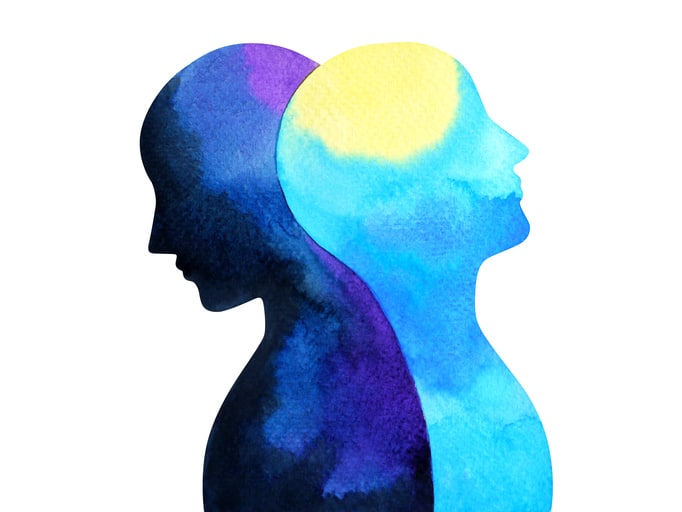Young people are disproportionately affected by sexually transmitted infections (STIs). The risk of STIs in young people following first-episode schizophrenia is unknown. This study using Taiwan’s National Health Insurance Research Database enrolled 44 109 adolescents and young adults with first-episode schizophrenia and 176 436 age- and sex-matched controls without schizophrenia from 2001 through 2009 and followed to the end of 2011. New-onset STIs were identified. Survival analysis was performed. Cox regression analysis was used to examine the effects of comorbid substance use disorder (SUD), schizophrenia medications, and schizophrenia severity. The E value for causality of evidence was calculated. We found that young people had a higher risk of STIs following first-episode schizophrenia compared with controls without schizophrenia (hazard ratio [HR] = 2.35, 95% CI = 2.08-2.64); these STIs included human immunodeficiency virus (HIV) (3.70, 2.60-5.28) and syphilis (5.35, 3.96-7.23). They also showed a disproportionate distribution of STIs, with an increased proportion of syphilis (20.4% vs 8.2%) and HIV (9.1% vs 6.0%). When presenting with SUD, the risks of HIV (11.00, 7.02-17.25) and syphilis (9.11, 6.16-13.47) were further increased. The severe schizophrenia group had an extremely high risk of syphilis (41.26, 27.69-61.47) and HIV (7.50, 3.85-14.62). Schizophrenia medications may provide beneficial effects against contracting STIs (0.77, 0.68-0.89). We concluded that following first-episode schizophrenia, young patients are at higher risk of STIs, particularly HIV and syphilis. The risk further increased when subjects presented with SUD or severe schizophrenia. Importantly, antipsychotic treatment may lower the risk of STIs.© The Author(s) 2020. Published by Oxford University Press on behalf of the Maryland Psychiatric Research Center.All rights reserved. For permissions, please email: journals.permissions@oup.com.
The Risk of Sexually Transmitted Infections Following First-Episode Schizophrenia Among Adolescents and Young Adults: A Cohort Study of 220 545 Subjects.


